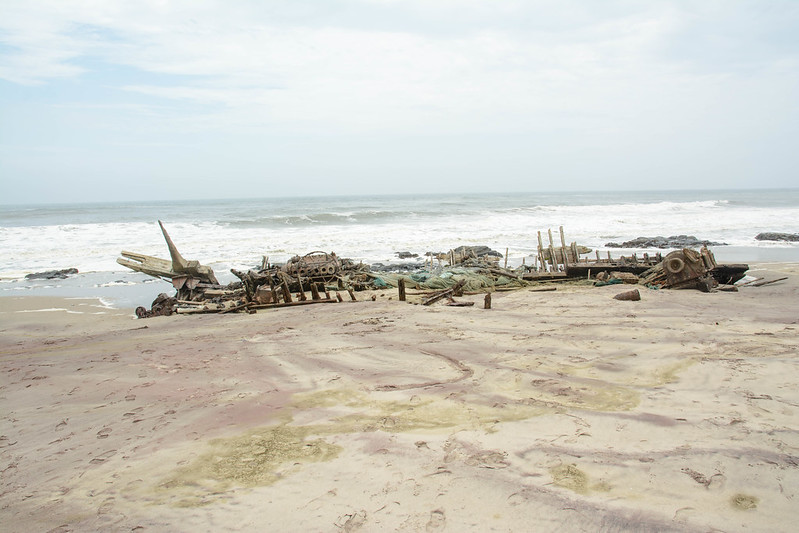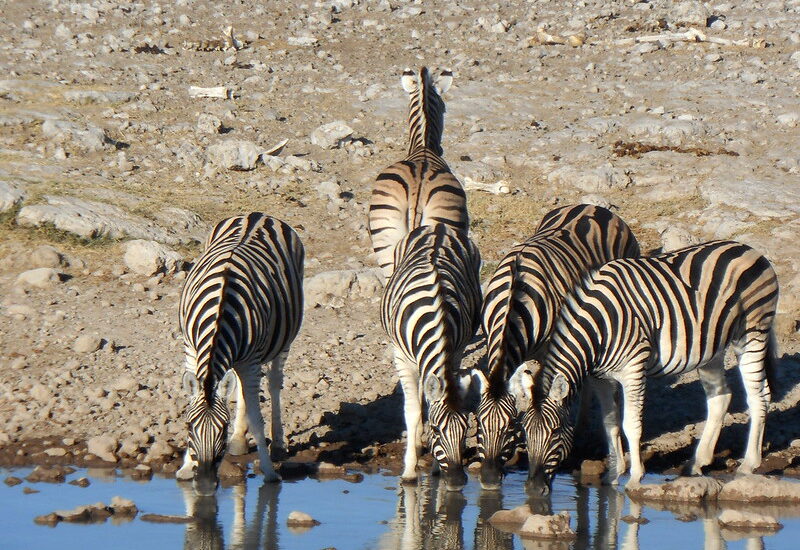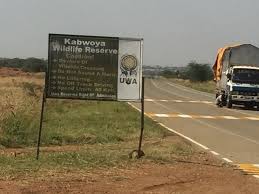Visit skeleton Coast National Park Namibia – wildlife tours and safaris in Namibia. Escape to…
Okavango Delta Botswana.
Okavango Delta Botswana – Game Viewing in Botswana.
Established in 1963 in the Okavango Delta in Botswana. Moremi is the first indigenous-led sanctuary in Southern Africa, covering an area of 3,900 km2. The Okavango Delta has expanded the wildlife area’s coverage to around 22,000 km2.
There is a wide variety of things to do in the Okavango, from thrilling Big Five game drives to relaxing Mokroro cruises in the lagoons and breathtaking helicopter rides. An Okavango delta safari across Botswana offers a wide variety of activities. The activities that campgrounds may provide will vary based on the section of the Delta where your camp is located. Whether it’s in a permanent or seasonal Delta location will determine these activities.
Safaris and excursions in the Okavango Delta, Botswana
Excursions on Mokoro
Most people probably associate the Delta with its Mokoro rides. The Delta’s winding canals and small lagoons provide the perfect setting for these boat tours. The traditional boats used for these events are called mokoros. Large Delta trees were traditionally hand-carved into these strong vessels. As a result of efforts to preserve the Delta’s unique ecosystem and avoid deforestation, the majority of boats nowadays are fiberglass reproductions.
![]()
A mokoro is an excellent method to watch a game. Because they aren’t powered, you may glide around the canals in complete silence. Since animals aren’t frightened off by a motor, you may approach them quietly and view more of them. On the palm islands, you may see a wide variety of creatures, including Lechwe, Sitatunga, Elephant, Hippo, Crocodile, and many more.
Led Hikes
Among the numerous beautiful sights and islands in the Okavango Delta, guided treks are an excellent choice. Typically, these strolls occur first thing in the morning, before the sun rises. Professional guides will keep you safe, show you how to track animals, and fill you in on all the details about the flora and fauna of the area as you stroll along.
You won’t go too near to the creatures you’re tracking, but the guides will assist you see them. You could even see an elephant or a lion. The many bird species that make the Okavango Delta their home may be seen on these guided excursions.
Driving Games
There are a lot of variables that determine whether game drives are available at any camp in the Okavango Delta. Both the time of year and the camp’s location are major factors. The Okavango is known for its rainy and dry seasons. Game drives are the main attraction in camps located in arid regions like Khwai and Kwara.
Game drives are often available both during the day and at night at camps located in private concessions. Nighttime viewings are ideal for seeing creatures like aardvarks, aardwolves, leopards, and servals, which are more active then. Nighttime hunting is another great time to see lions since that’s when they munch on their prey.
Expert guides lead game drives and fill passengers in on the local flora as well as the habits of the animals they see. You may even ask the rangers about the animals’ behaviors if they’re familiar with any of them.
Adventures Riding Horses
Safaris on horseback at Macatoo Camp allow you to explore the Okavango Delta in a manner that a safari vehicle just cannot. The terrain on these safaris may be difficult, and you’ll need to be a skilled rider to keep your horse under control if it becomes scared and bolts.
On horseback safaris, you may see a wide variety of wildlife, including zebras, lechwe, galloping giraffes, and other prehistoric beasts as you traverse the variegated landscape. The reason this is achievable is because when you ride a horse, the animals see you as part of a four-legged creature and so less dangerous. While riding in the Delta, you should exercise caution since predators there are less likely to be scared of you and because you should listen closely to your guide’s instructions.
Skilled guides will accompany you through the picturesque Delta, showing you all the best spots along the route. The seasonal floodplains in the southwest parts of the Delta are the traditional sites for horseback safaris.
Safaris with Elephants
In the 1980s, the Abu area of the Okavango Delta was the birthplace of elephant back safaris. However, because to worries over animal care, Botswana has phased out these elephant back safaris. Immersive walking-based experiences, as well as elephant contact and education, are now available at lodges. Seeing these massive but docile creatures up close is an incredible opportunity to learn about them. Getting up close and personal with the elephants is a once in a lifetime chance. Observing them as they eat, play, and socialize will also teach you about their natural behavior.
Sailboat Adventures
There are a number of “water camps” in the Delta that provide motorboat game watching. Even though the sound of the engine may frighten away certain species on occasion, these excursions provide a unique way to see the Okavango. A trip to the Gcodikwe heronry in Xakanaka is only one example of how the boats may transport you to different camps or desired locations.
Hunting for fish
While on safari in the Okavango in Botswana, you could try fishing for tilapia or the dangerous tiger fish. While not all Okavango water camps permit fishing, there are a few that do, albeit only on a catch-and-release basis. However, the majority of fishing activity occurs in the Panhandle area, namely around the Delta’s Okavango River mouth. Camps further into the Delta, such Xugana and Moremi Crossing, as well as Gunn’s camp, may provide fishing opportunities on a seasonal basis.
Aircraft transport
From above, the Okavango Delta is really a sight to see. The picturesque Palm fringed Islands and the Okavango Delta’s many waterways may be best seen from a scenic helicopter trip. Scheduled flights to and from your lodge will give you a glimpse of the Delta, but a scenic helicopter trip is the best way to view the Delta as a whole and look down at all the creatures below. A number of these flights depart from Maun, making them a convenient choice for getting to and from your camp.
Directions to Botswana’s Okavango Delta
Using the air
A plane is usually the only way to reach the luxury safari sites in the Okavango delta. The campgrounds are often located within a short drive or boat ride of many airstrips. While flights into these airstrips may be bundled with multi-night stays, they are often not included in the normal pricing. Flights can be connected from various airstrips across Botswana or from Maun or Kasane Airports. Lodges and campers sometimes provide free or low-cost airport shuttle service. Airports in Johannesburg and Cape Town, as well as Gaborone and Kasane, provide flights into Maun. In addition to scheduled flights, guests may arrange for air transfers between camps in Botswana via charter flights. The flight time into the delta from Maun Airport is less than half an hour.
Can I get there by car?
Motorists wishing to pitch a tent at one of the delta’s designated campsites may pull right up to a gate in the Moremi Game Reserve. The journey from Maun to Moremi’s South Gate takes less than two hours by car. On the way from Chobe National Park, you may also enter Moremi via the reserve’s North Gate. A 4×4 vehicle is necessary for self-drivers to access the delta.
South Texas
At the Delta’s northernmost tip, close to the Namibian border, self-drivers may find Divundu, where they can turn south and continue along the road that runs parallel to the Okavango/Kavango River. Divundu is located around 35 kilometers from the Mohembo Border Post. Destinations including Nxamaseri, Sepupa, and Guma Lagoon may be reached by driving down from that point. You may reach Seronga and other communities on the eastern Kavango side by taking a boat over the river. Some smaller airports are also located nearby for those who might rather fly in. You can usually get where you’re going with a combination of a boat transfer and a vehicle.
Both Chief’s Island and the Delta
A road network is lacking in the vast majority of the delta’s interior. You may fly right up to the campsites here. There is an airstrip close to each camp, and transfers might include either a drive and a boat transfer, or only a boat transfer, depending on the camp’s location and the water levels. Several airstrips are located on Chief’s Island, close to the safari lodges; getting there may take up to half an hour by car or boat.
The Eastern Arid Zone
Both self-drivers and tour groups will likely find this location to be the most accessible. The distance between Maun and the South Gate entry is about 30 kilometers, but the North Gate is 90 kilometers away. The drive from Kasane to Maun, via Nata, takes about seven hours.
Okavango Delta, Botswana: When to Visit?
Can You Tell Me About the Weather?
Botswana has a hot and sunny temperature most of the year, but during the dry winter months, the weather is much more bearable, and you may see more animals since they are all out searching for water.
Okavango Valley’s Ideal Travel Season
While safaris are possible at any time of year in the Okavango Delta, the months of May through August are ideal for experiencing the area’s cold, dry climate. When water from Angola enters the delta in the spring (March–June), it reaches its highest point in July, causing seasonal flooding. The plains game go to the delta at this season from the arid outside regions in quest of water. Although the temperature seldom rises over 30°C (86°F) during the day, it does drop to near-freezing levels at nightfall. Boat cruises and makoro (canoe) tours are also at their most enjoyable at this season.
How Hot Is It?
Even though it is hot and dry from September to November, game watching is still excellent during those time since animals still go to the inner delta in search of water. Currently, the area around the Moremi game reserve is home to very high densities of species.
Does It Rain How Often?
Temperatures of 35–40 degrees Celsius (95–104 degrees Fahrenheit) are common throughout the days of the rainy and hot season, which begins in November and lasts all the way into February. The weather is often warm throughout the day and rainy with thunderstorms in the afternoon. Between fifty percent to eighty percent humidity is typical. During the summer, you’ll have the greatest chance of seeing birds in the Okavango Delta, since many of these species migrate there to nest. With the blooming of the vegetation and the dropping of the young by the plains game, the landscape becomes breathtaking.
The Months of Convenience
Between March and May, the weather begins to improve, with drier terrain and somewhat colder evenings (although still warmer than winter). April sees much fewer rainy days with daily highs ranging from 12–28°C, while May marks the beginning of the dry season, when temperatures (particularly at night) begin to fall significantly. The rains begin to taper off in March.Okavango Delta safaris are available from Monumental Expeditions and Safaris in Botswana.


